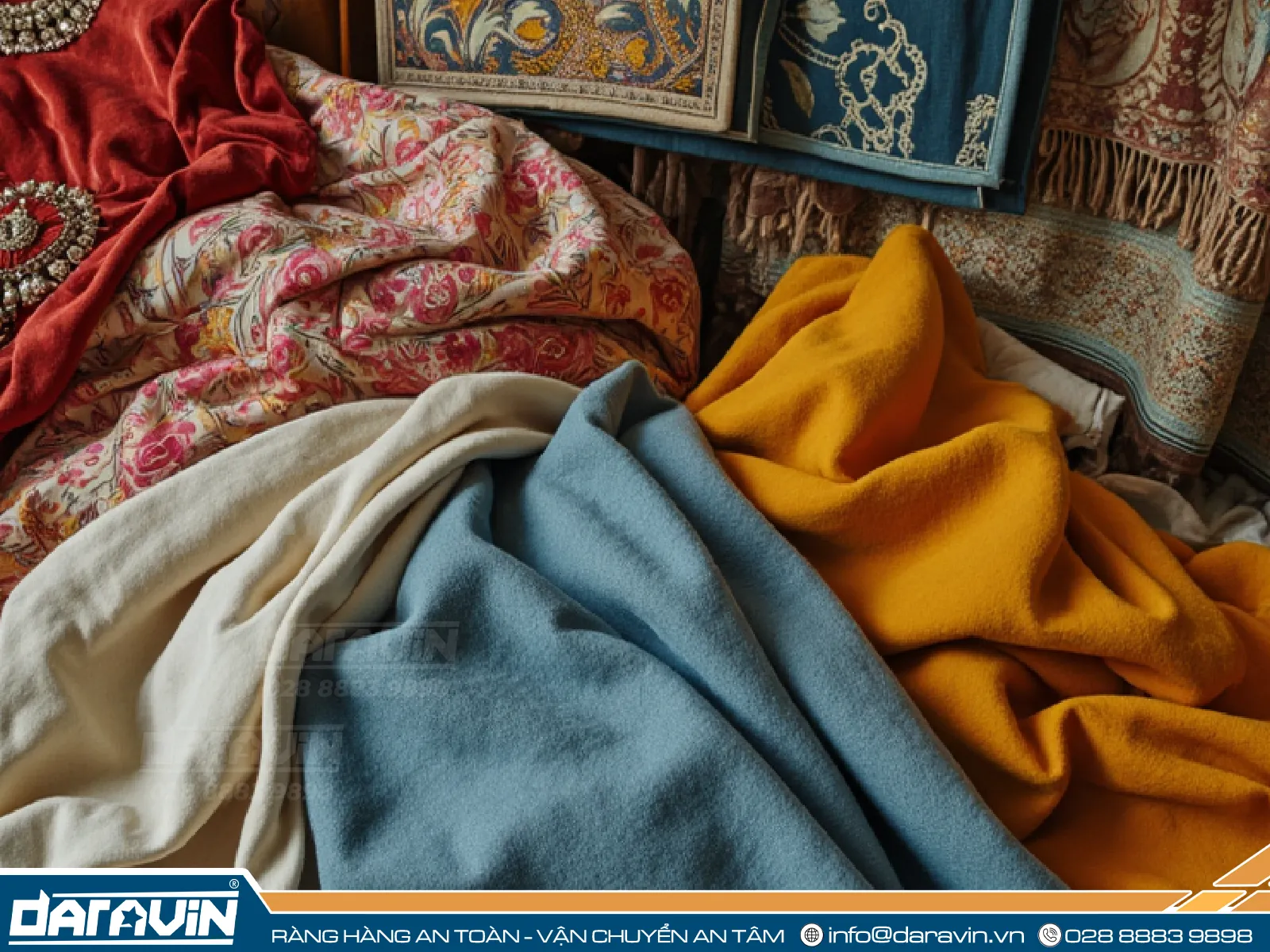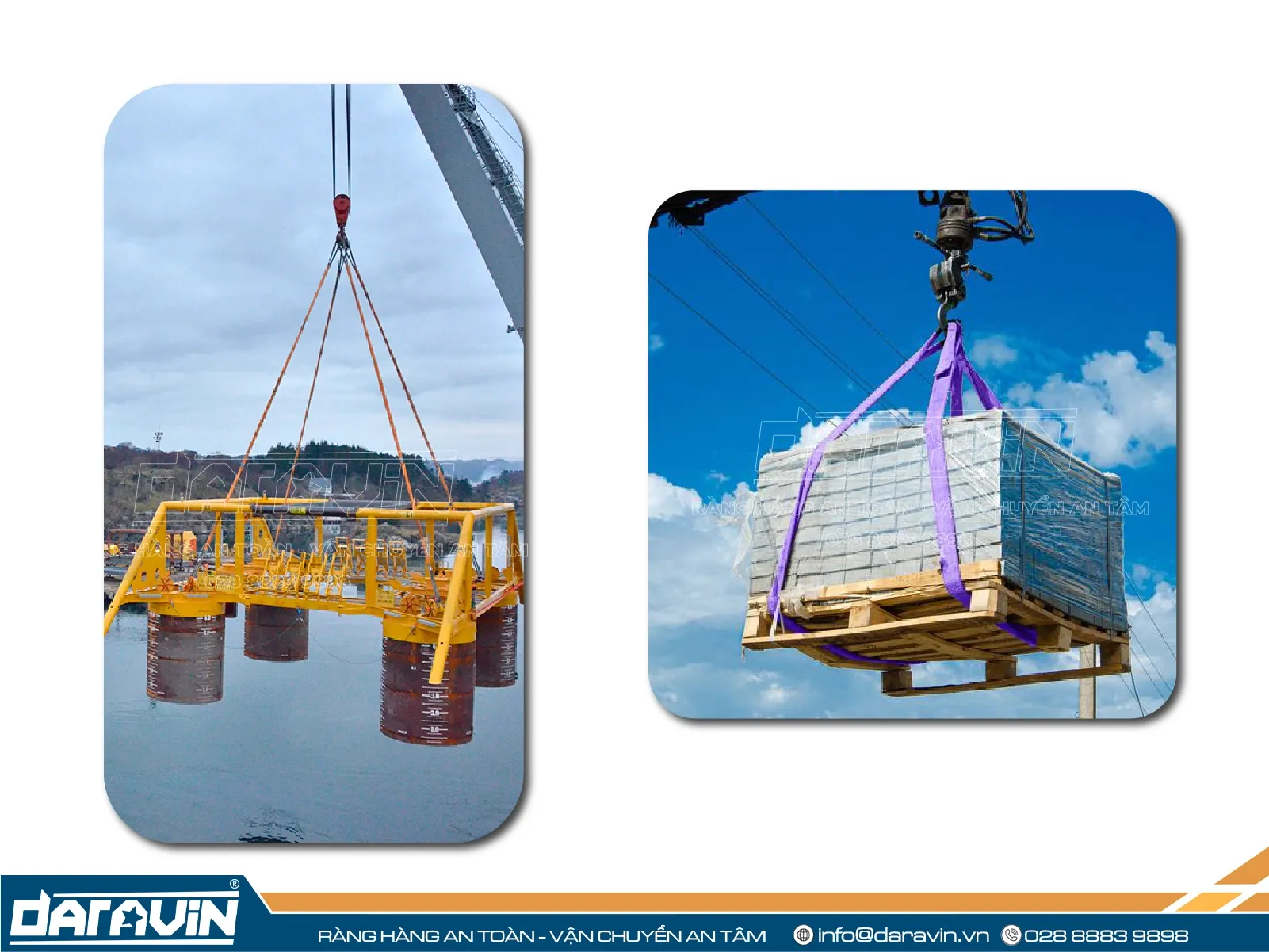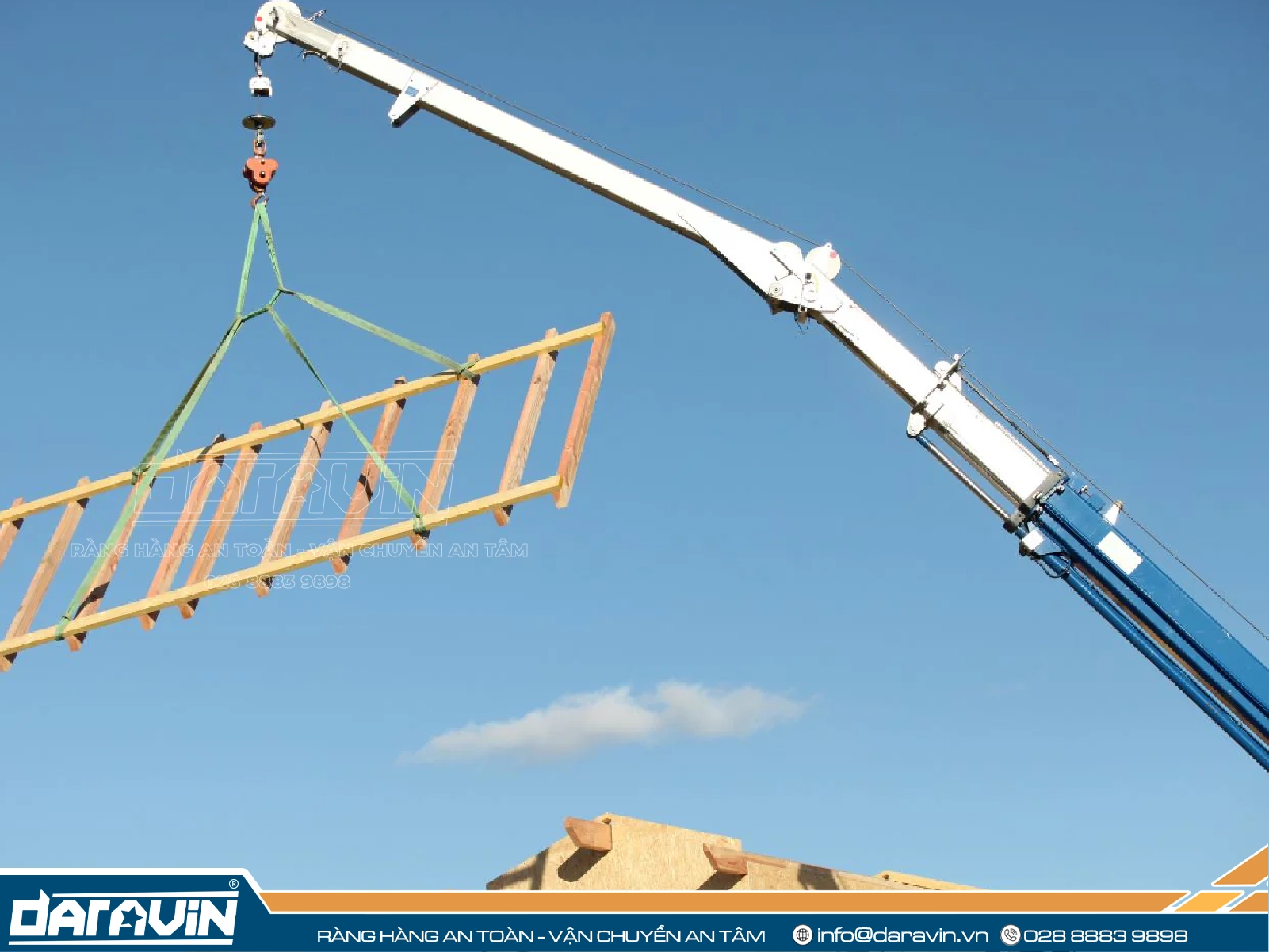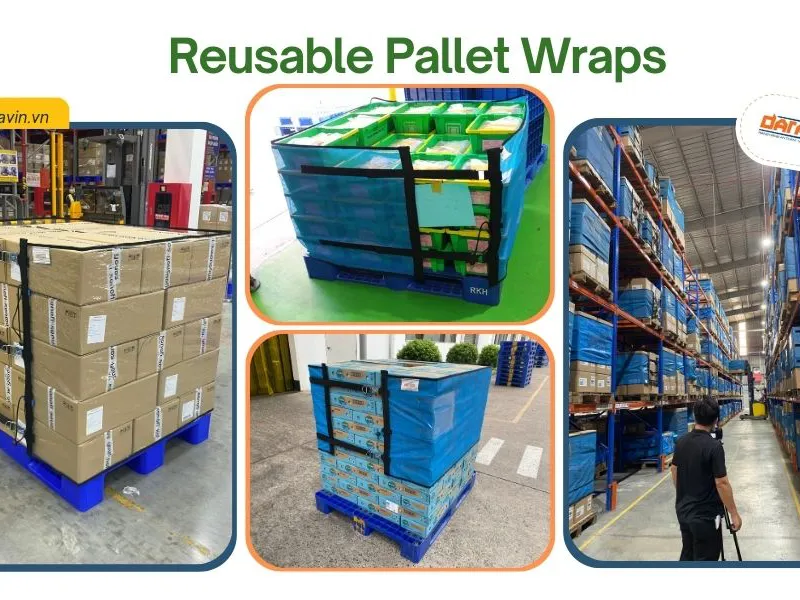Discover Blended Fabrics: Definition, Detailed Pros & Cons, and Surprising Practical Applications Across Industries
- I. What is Blended Fabric?
- II. Advantages of Blended Fabrics
- 1. Enhanced Durability and Product Lifespan
- 2. Improved Wrinkle Resistance and Easy Care
- 3. Enhanced Aesthetics and Special Fabric Surface Effects
- 4. Optimized Production Costs
- 5. Provides Comfort and Special Features for Users
- III. Disadvantages of Blended Fabrics
- 1. Can Be More Difficult to Recycle Compared to 100% Single-Fiber Fabrics
- 2. May Not Fully Exploit the Maximum Advantages of Each Component Fiber
- 3. Absorbency and Breathability Can Be Affected Depending on the Blend Ratio
- IV. Popular Blended Fabrics on the Market Today
- V. How to Identify Blended Fabrics
- VI. Practical Applications of Blended Fabrics
- VII. Conclusion
Explore blended fabrics: what they are, their key advantages and disadvantages, and their unexpected real-world uses in various sectors, from apparel to industrial applications...
I. What is Blended Fabric?
Blended fabric is a type of textile created by combining two or more different types of fibers during the weaving or knitting process. These can include natural fibers (like cotton, wool, silk, jute), man-made cellulosic fibers (like viscose, modal, lyocell), and synthetic fibers (like polyester, nylon, spandex). The primary goal of this blending is to leverage the prominent advantages of each fiber while mitigating their weaknesses. This results in a new fabric with superior properties such as high durability, good absorbency, wrinkle resistance, excellent shape retention, and reasonable cost.
II. Advantages of Blended Fabrics
1. Enhanced Durability and Product Lifespan
One of the biggest advantages of blended fabrics is their ability to increase durability and extend product lifespan. For instance, blending Polyester (known for its strength) with Cotton (soft and breathable) creates a fabric that is both sturdy and comfortable to wear, while also being less prone to wrinkles and easier to care for than 100% Cotton fabric.
2. Improved Wrinkle Resistance and Easy Care
Many blended fabrics offer better wrinkle resistance compared to fabrics made from 100% natural fibers. This helps clothing and other products maintain a neat appearance, requiring less ironing, which saves users time and effort.
3. Enhanced Aesthetics and Special Fabric Surface Effects
The combination of different fibers in terms of color, luster, and structure can create unique aesthetic effects on the fabric's surface. Designers can leverage this to produce visually striking and attractive products.
4. Optimized Production Costs
In many cases, blending lower-cost fibers with higher-cost ones can help reduce production costs while still ensuring the necessary quality and technical requirements of the product. This cost-saving aspect makes these materials widely used in various industries.
5. Provides Comfort and Special Features for Users
Blended fabrics can be designed to offer optimal comfort by combining fibers with complementary properties. For example, blending Cotton with Spandex (Lycra) creates a fabric with excellent stretch, providing comfort and flexibility in movement, commonly used in sportswear. Additionally, depending on the blended fibers, the fabric can gain special features such as water resistance, antimicrobial properties, UV protection, etc.
III. Disadvantages of Blended Fabrics
1. Can Be More Difficult to Recycle Compared to 100% Single-Fiber Fabrics
One drawback of blended materials is that recycling them can be more complex than recycling fabrics made from a single type of fiber. The process of separating different fiber types in blended fabrics for recycling requires more sophisticated technology and procedures.
2. May Not Fully Exploit the Maximum Advantages of Each Component Fiber
In some cases, blending fibers can dilute some of the outstanding characteristics of individual fibers. For example, a blended fabric with a high proportion of synthetic fibers may not be as soft and breathable as a fabric made from 100% natural fibers.
3. Absorbency and Breathability Can Be Affected Depending on the Blend Ratio
The blend ratio between different fibers directly impacts the fabric's sweat absorption and breathability. Blended fabrics with a high proportion of synthetic fibers generally have poorer absorbency and are less breathable than fabrics made from 100% natural fibers like Cotton.
IV. Popular Blended Fabrics on the Market Today
1. Peco Blended Fabric (Polyester + Cotton)
This fabric combines polyester and cotton fibers, and is favored for its durability, wrinkle resistance, and good absorbency. Peco fabric is often found in children's clothing, shirts, trousers, and uniforms due to its comfortable feel and reasonable price.
1.1 Tixi Fabric
Composition: 65% Polyester and 35% Cotton.
Characteristics: Durable, wrinkle-resistant, good sweat absorption, breathable, slightly stretchy.
Applications: Commonly used for shirts, trousers, office dresses, and children's clothing.
1.2 CVC Fabric
Composition: 65% Cotton and 35% Polyester.
Characteristics: Soft, breathable, effective moisture absorption, colorfast, comfortable feel.
Applications: Suitable for T-shirts, children's clothing, loungewear, and everyday apparel.
2. Pevi Blended Fabric
Pevi fabric, also known as Tetron Rayon, is a blend of polyester and viscose, notable for its smoothness, diverse colors, and affordable price. This fabric offers a soft, breathable feel and is often used for fashion apparel and home furnishings.
2.1 Standard Pevi Fabric
Composition: 65% Polyester and 35% Viscose.
Characteristics: Soft, slightly shiny, easy to dye, wrinkle-resistant, breathable, affordable.
Applications: Popular for dresses, shirts, sleepwear, and items like curtains, tablecloths.
2.2 Variant Pevi Fabric
Composition: Polyester/Viscose ratio can be adjusted (e.g., 70/30 or 60/40) depending on purpose.
Characteristics: Increased stretch or luster depending on the ratio, while maintaining softness and absorbency.
Applications: Used for high-end fashion, traditional Vietnamese "ao dai," or furniture requiring high aesthetic appeal.
V. How to Identify Blended Fabrics
Blended fabrics combine natural and synthetic fibers, and they can be identified with a few simple tips:
Feel (Touch Test): They feel soft, smooth, cool to the touch, and wrinkle less when gently crumpled, unlike thick cotton or slippery silk.
Observe the Surface: They often have a slight sheen, even color, and fewer loose fibers compared to natural fabrics.
Check the Label: Look at the composition, e.g., "65% polyester, 35% cotton" or "60% cotton, 40% viscose."
Water Test: Drop a small amount of water; blended fabrics absorb quickly but don't spread as widely as pure cotton.
Burn Test: (Perform with caution in a well-ventilated area) Burns quickly with a plastic-like smell, leaving hard, lumpy ash that doesn't turn to powder.
VI. Practical Applications of Blended Fabrics
1. Apparel Industry
Blended fabrics are widely used in apparel due to their ability to combine the softness of natural fibers with the durability and wrinkle resistance of synthetics. Blended fabrics are commonly used for shirts, trousers, office uniforms, and sportswear. They are easy to wash, quick to dry, and shrink less, making them very convenient for consumers. Additionally, their cost is often more reasonable compared to 100% natural fiber fabrics.
2. Furniture and Decoration
Blended fabrics are used in home furnishings for curtains, sofa upholstery, tablecloths, and decorative pillows. With good colorfastness, wrinkle resistance, and easy cleaning, blended fabrics maintain their aesthetic appeal for a long time in frequently used environments. Various blended fabric patterns and weaves also offer diverse designs, suitable for many different decorating styles. As a result, they have become a popular choice in modern interior design.
3. Industrial Applications
Blended fabrics, combining natural fibers like cotton with synthetics like polyester or nylon, offer flexible solutions for various industries. With their superior properties, these fabrics are widely used in many critical applications:
Cargo Lashing Straps: The blended fabric in polyester lashing straps is a combination of polyester and fiberglass or other fibers, increasing durability and load-bearing capacity. This material is suitable for securing heavy cargo in transportation and logistics.
Industrial Tarpaulins: Polyester/nylon blended fabrics offer abrasion resistance and waterproofing, making them suitable for covering machinery or warehouses.
Filter Materials: Thanks to their mild chemical resistance and durability, blended fabrics are used in industrial filtration systems, such as for dust or liquid filtration.
Ratchet Tie-Downs: Ratchet tie-down straps are often made from a polyester blend, ensuring high elasticity and load capacity, ideal for heavy industry.
VII. Conclusion
Blended fabric is not just a trend but a smart material solution, offering a unique combination of superior properties from various fiber types. With outstanding advantages in durability, aesthetics, diverse applications, and cost optimization potential, this material is increasingly asserting its crucial role across many industries, from apparel and home furnishings to packaging and cargo transportation.
Explore some characteristics of other common industrial fabrics with DARAVIN: Webbing, PVC Fabric, and Spandex Fabric.









main.comment_read_more